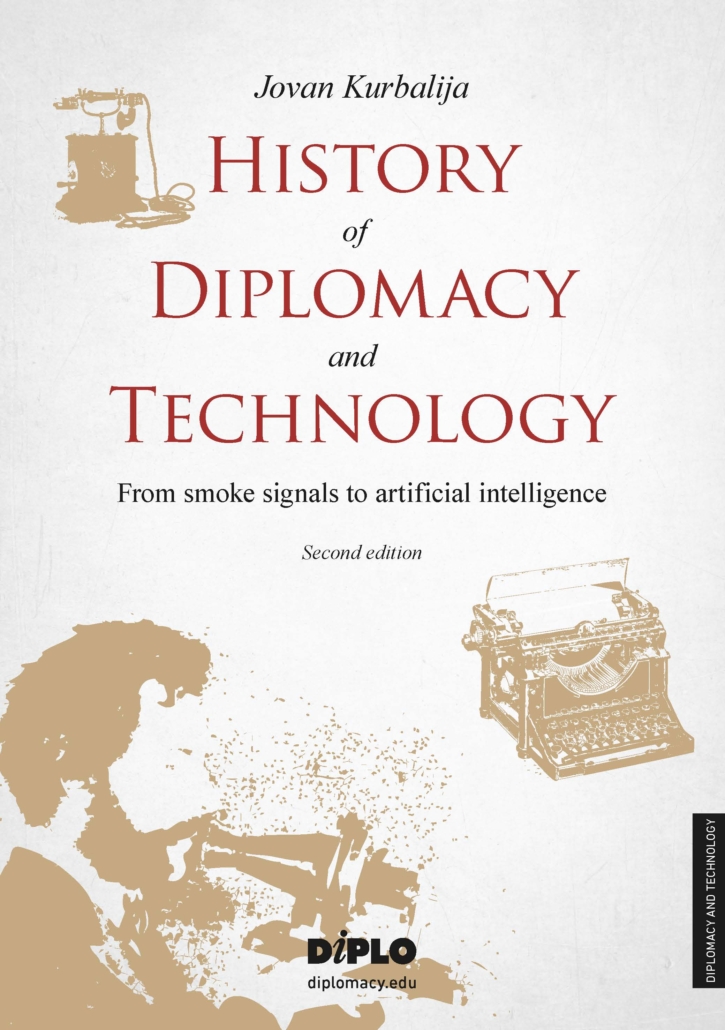
As the Trump-Putin summit put Alaska in the headlines, forgotten cables beneath its tundra whisper a warning: this ‘icebox’ almost ruled the 19th-century web.
In 1867, Russia sold Alaska to the United States, a decision often remembered as a bargain and a blunder. But just a few years earlier, the territory was poised to become something far more revolutionary: the ‘Silicon Valley’ of the telegraph age. A land bridge that would have wired America to Europe, not across the Atlantic, but through the frozen vastness of Siberia.
The idea was born out of failure. In 1858, the first transatlantic telegraph cable snapped into silence after only weeks of operation, throwing global communications into chaos. Western Union, desperate for a telegraph link to Europe, looked north-east. By 1861, it had launched an audacious plan to run a 16,000-kilometre overland line from the US, through Russian Alaska, across Siberia, and into Europe.
Tsar Alexander II agreed, seeing the project as a chance to strengthen Russia’s hand against Britain, the main geopolitical rival at that time. Crews braved -50°C winters, mapped valleys shimmering with gold, and anchored undersea cables at Port Clarence, within sight of the Bering Strait.
And then, the twist. In 1866, as Russia quietly negotiated the sale of Alaska to the US, Cyrus Field’s second transatlantic cable succeeded in connecting the USA and the UK. Almost overnight, Alaska’s destiny shifted. Western Union abandoned its $3 million gamble, leaving ghost wires frozen in the tundra.
Yet the story doesn’t end there. Geography has a way of reclaiming its importance. Alaska remains a strategic chokepoint for energy routes, Arctic shipping lanes, and missile defences. It may reclaim its ‘high tech’ history as providing cold climate, abundant energy for data centres, as well as still the shortest link for fibre-cable connections between America and Asia.
History doesn’t repeat, but it rhymes. Those abandoned wires didn’t connect continents, but they did spark surveys that uncovered the oil, gold, and fisheries that made Alaska a 20th-century powerhouse. In a way, that forgotten cable gamble still hums.





